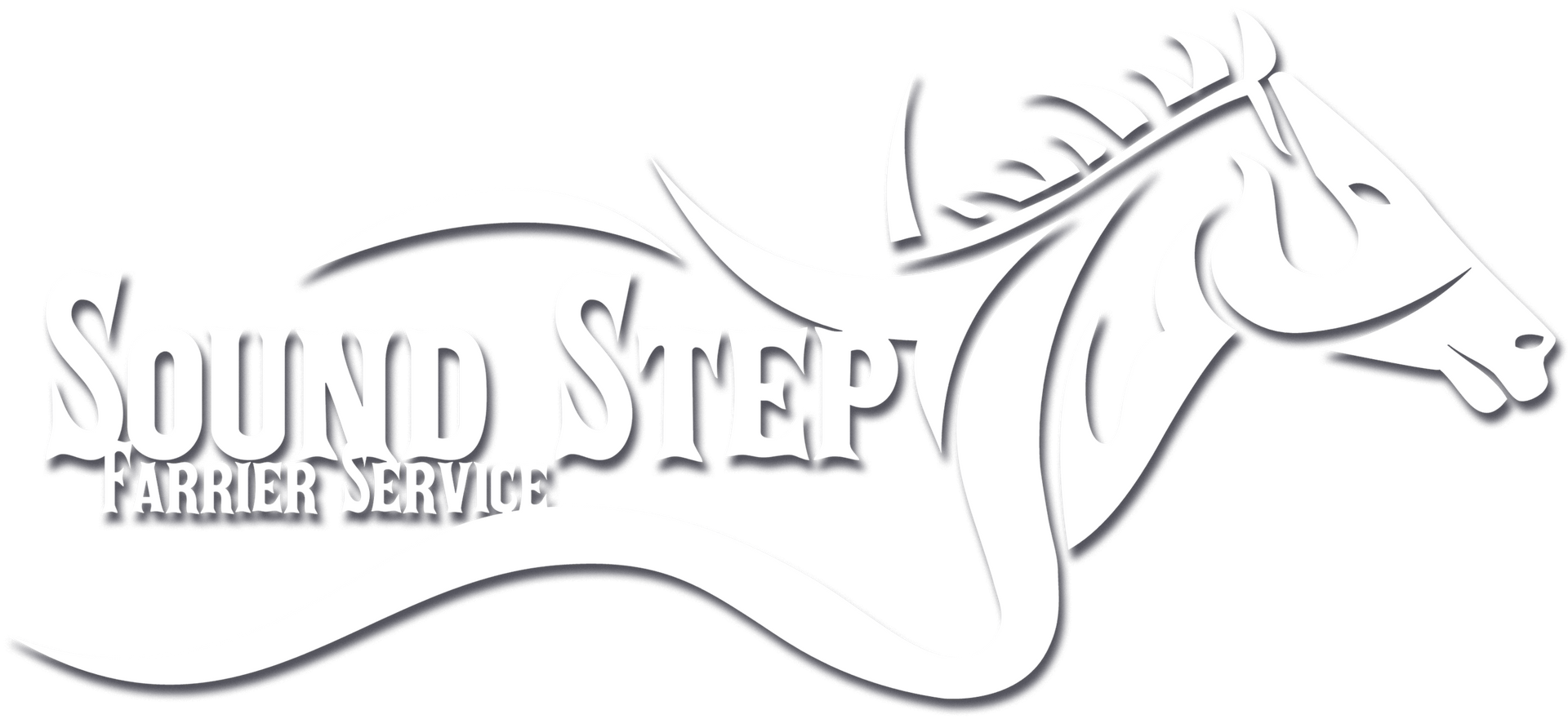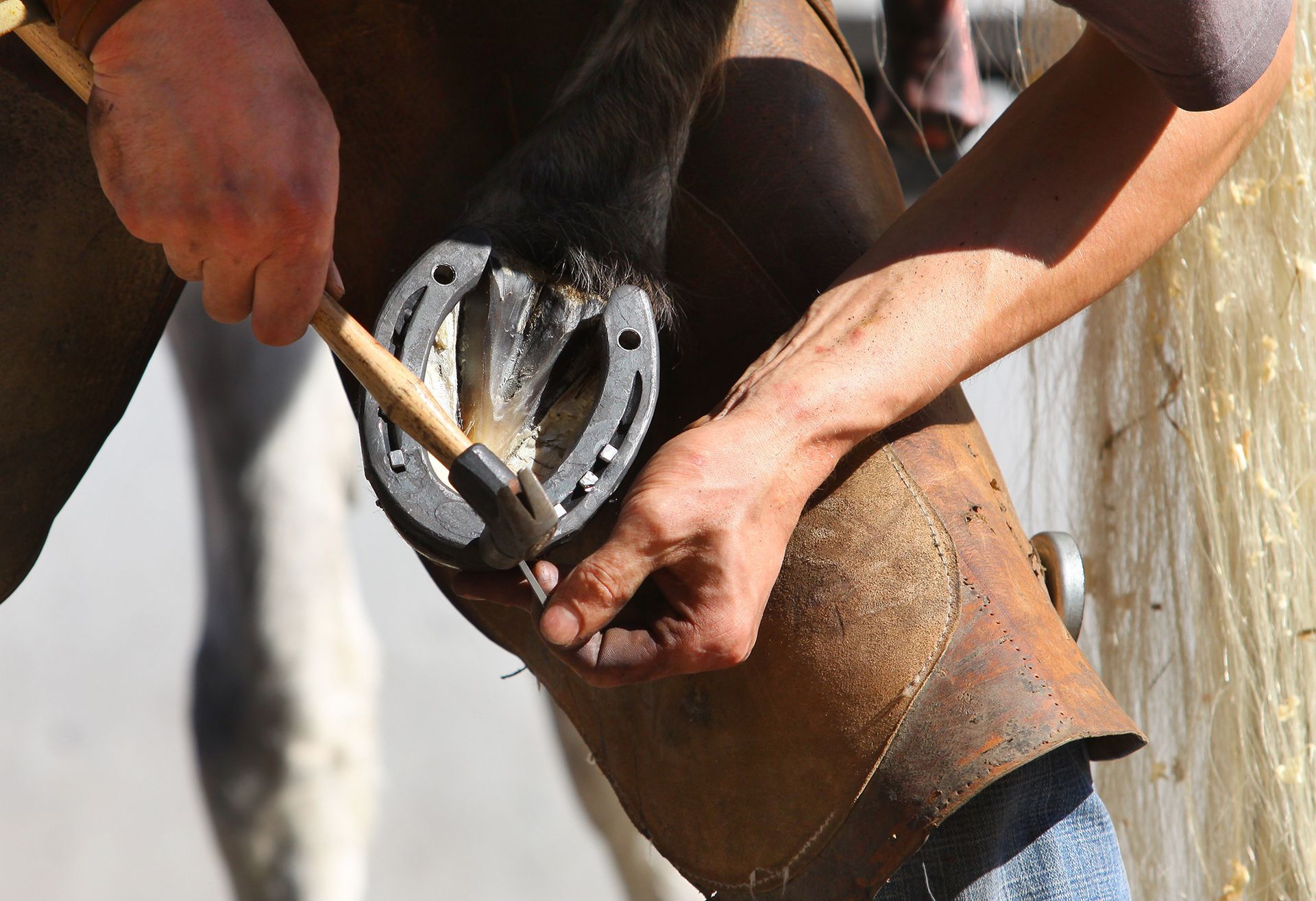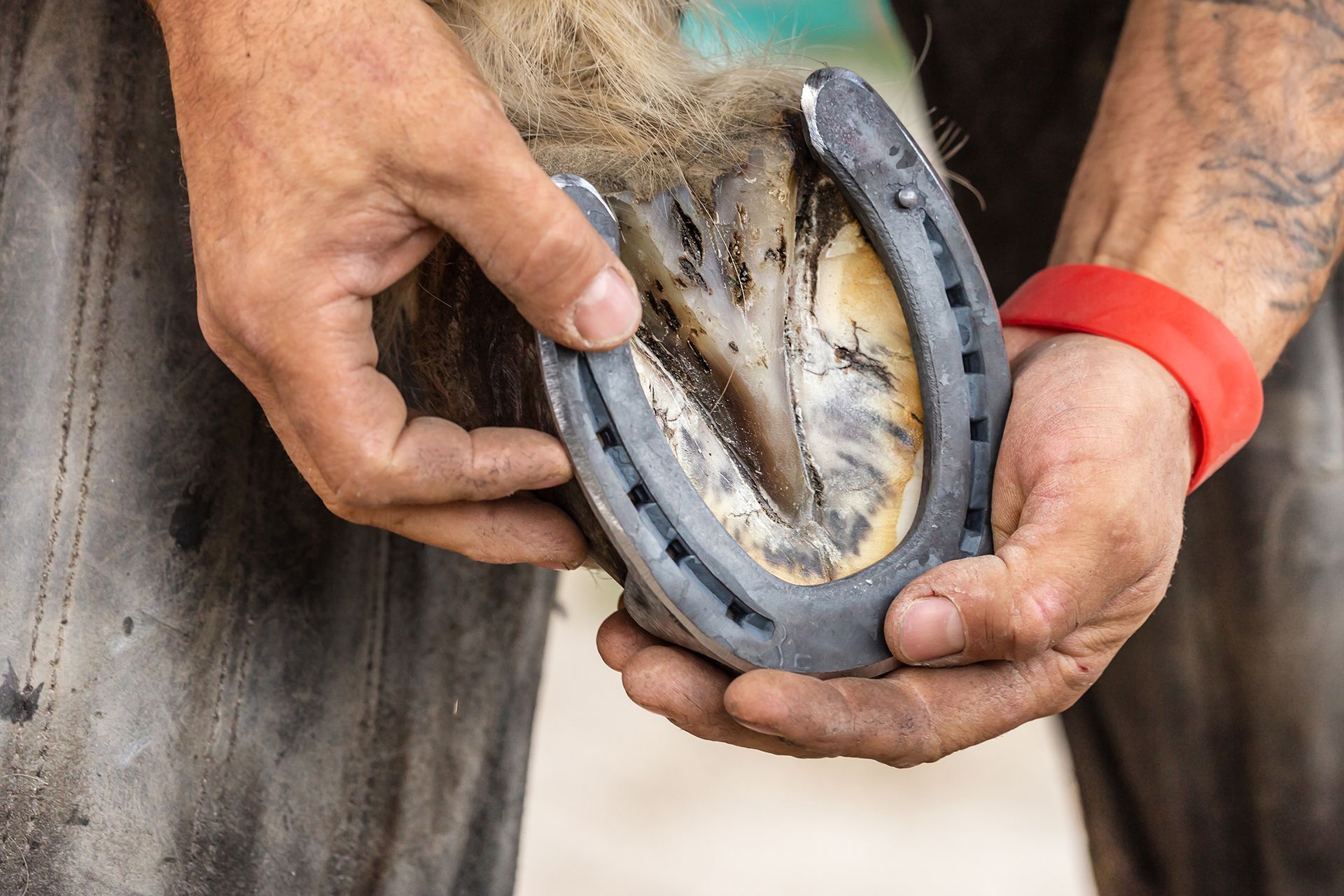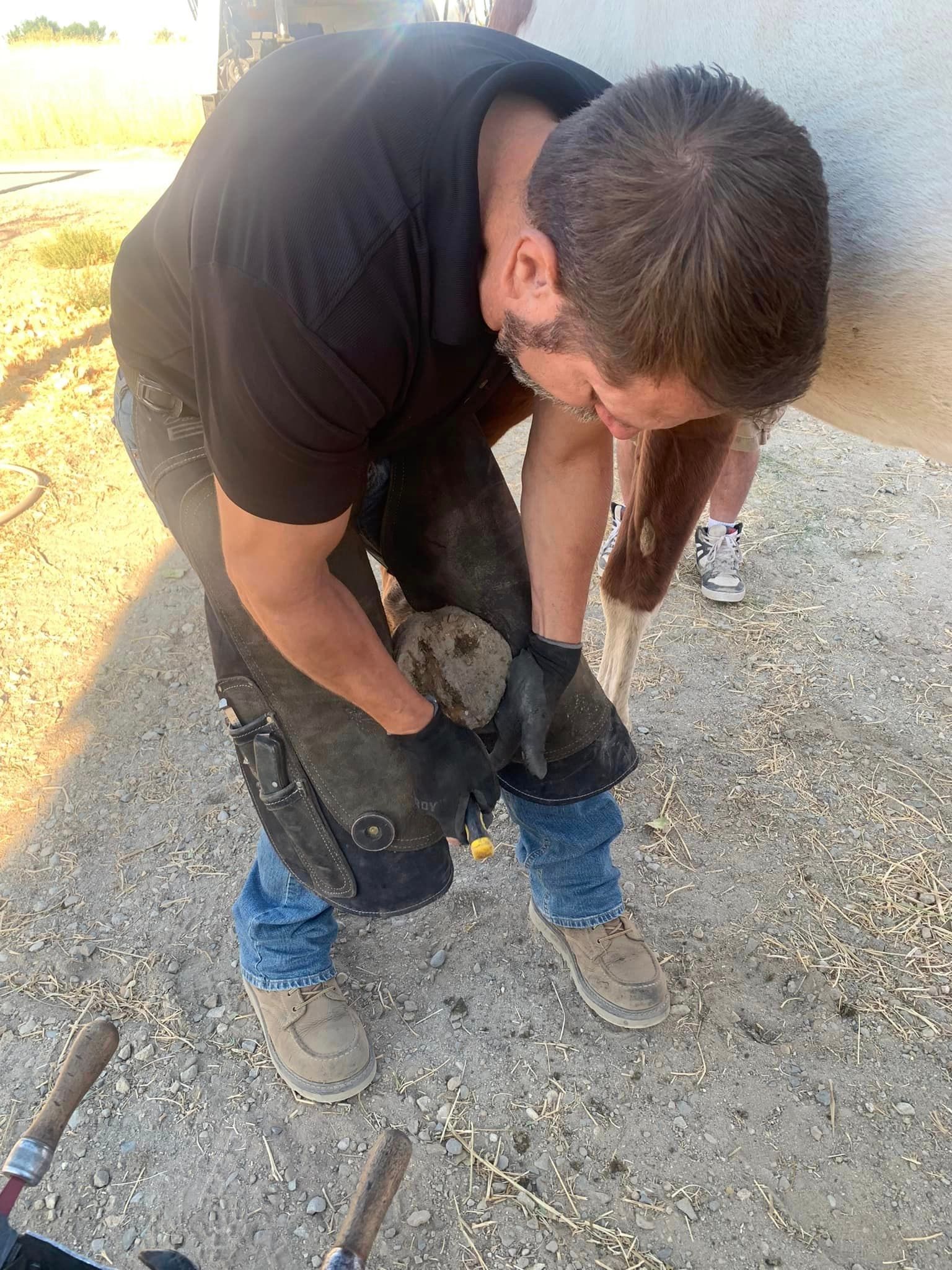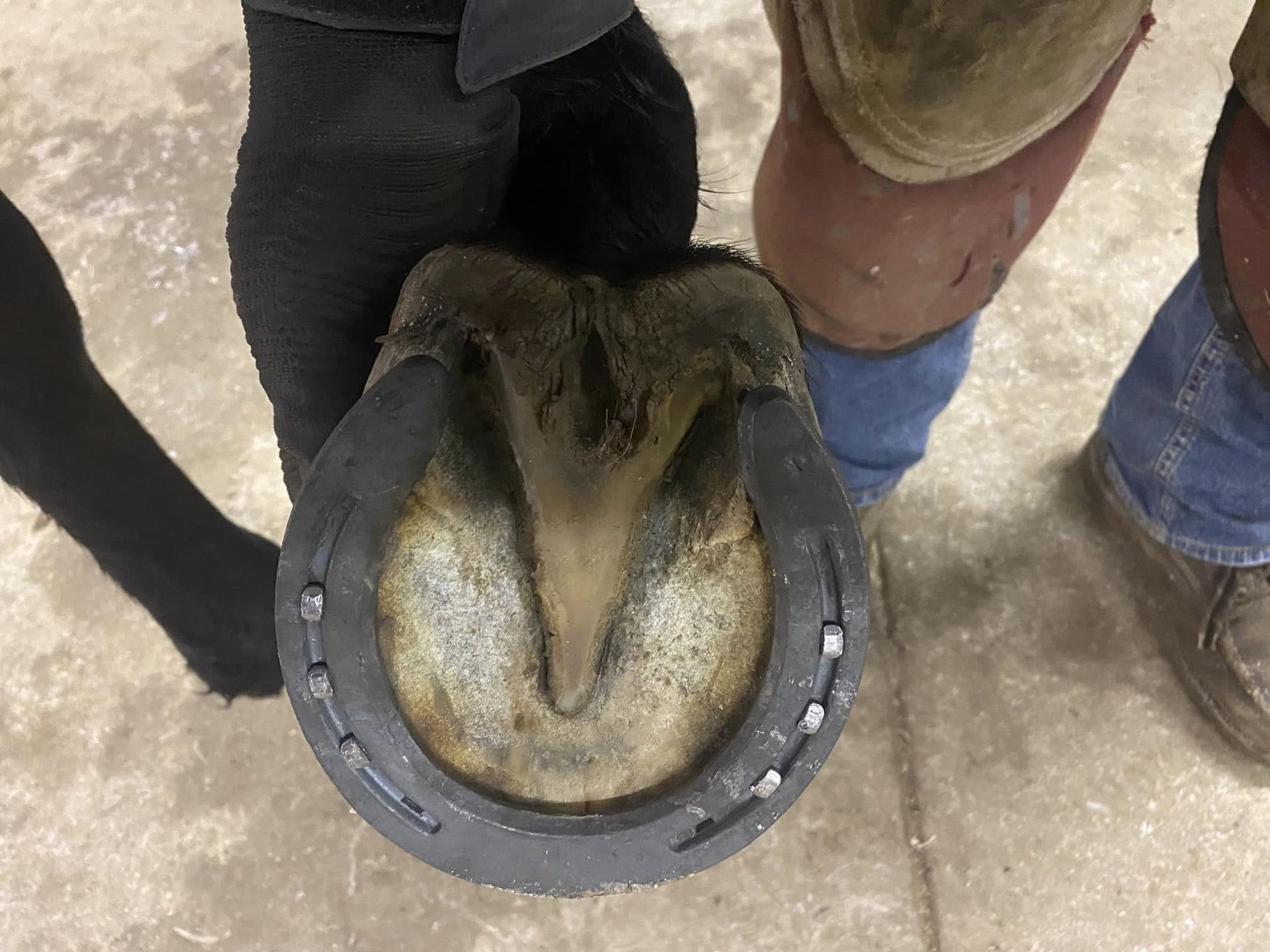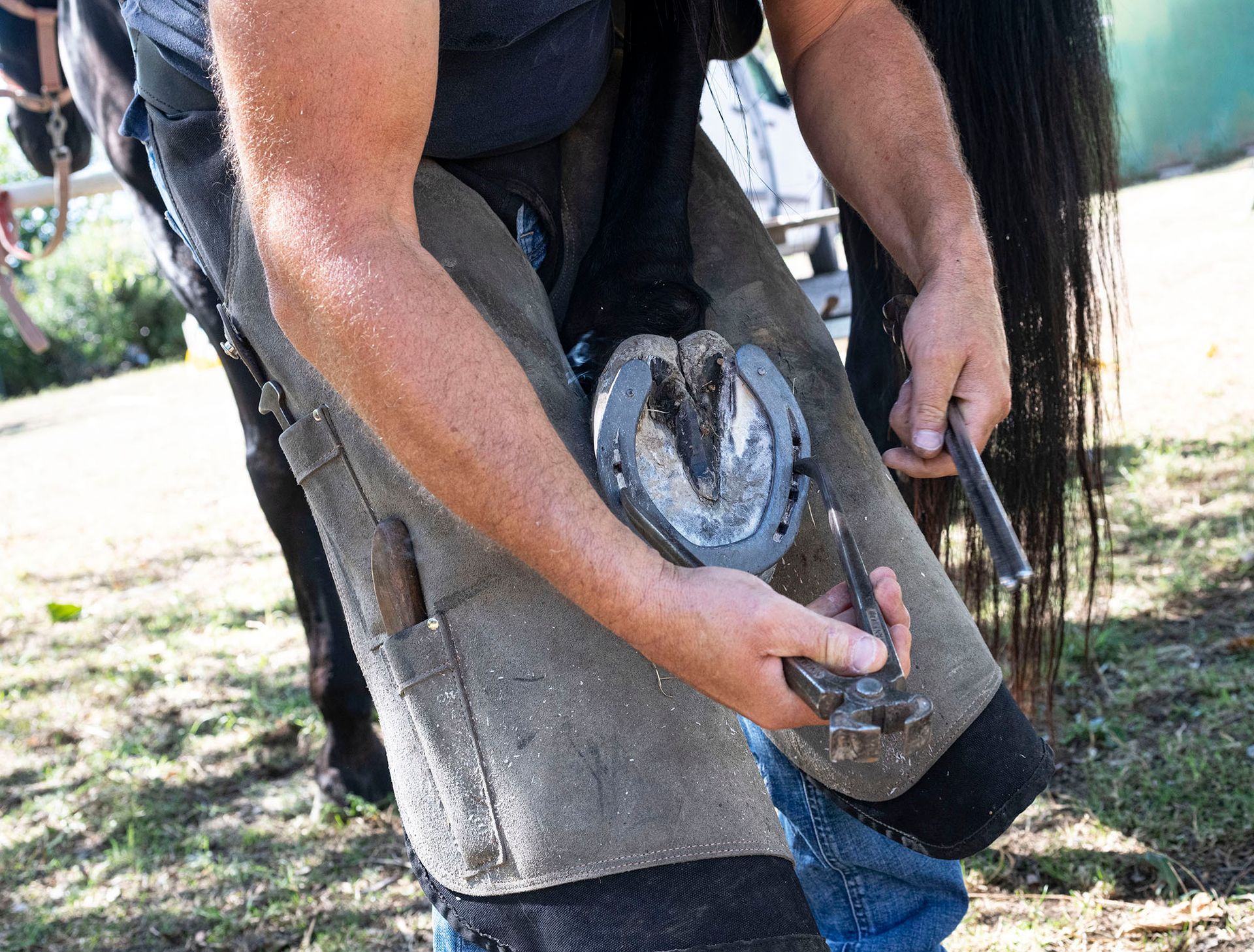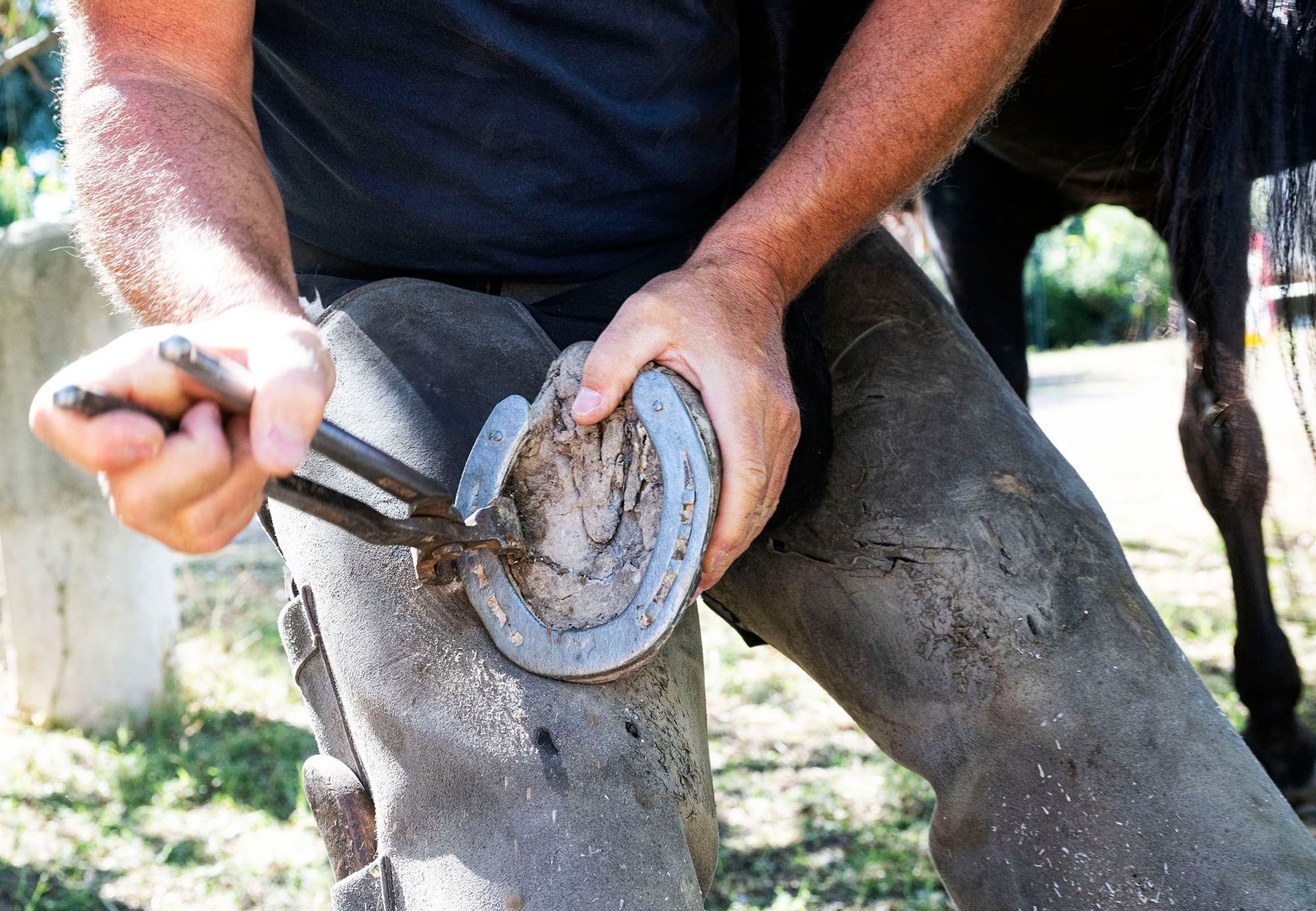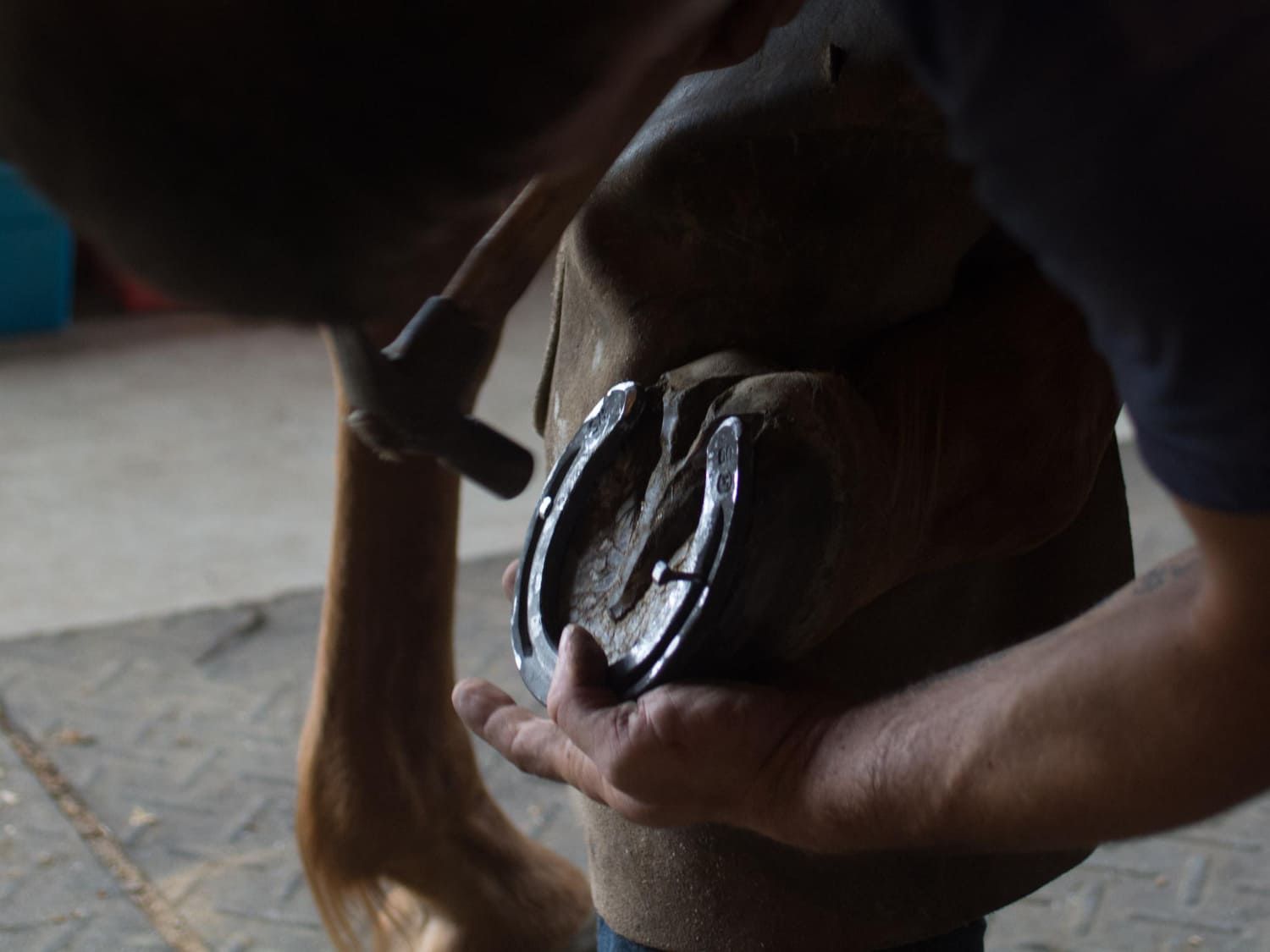Professional Horse Shoeing Services for Optimal Hoof Health
Proper horse shoeing is crucial for maintaining your horse’s hoof health, comfort, and performance. At Sound Step Farrier, we specialize in providing expert farrier services tailored to meet the unique needs of each horse. Our goal is to ensure your horse moves comfortably and efficiently, whether they’re working, competing, or enjoying leisure activities.
What is Horse Shoeing?
Horse shoeing involves the application of metal or synthetic shoes to a horse's hooves. This practice aims to protect the hooves from excessive wear, support proper hoof function, and enhance the horse’s performance. Shoe fitting is a customized process that takes into account the horse’s individual needs, including their activity level, hoof condition, and environment.
Benefits of Horse Shoeing
- Protection from Wear and Tear: Shoes act as a barrier against rough or abrasive surfaces, preventing excessive wear and damage to the hooves.
- Improved Traction: Shoes enhance grip on various surfaces, reducing the risk of slips and falls, especially on slippery or uneven ground.
- Support and Balance: Properly fitted shoes help correct hoof imbalances and provide support, which can alleviate discomfort and prevent lameness.
- Enhanced Performance: For performance horses, customized shoeing optimizes their movement and efficiency, contributing to better results in competitions and work.
Pros and Cons of Horse Shoeing
Pros:
- Increased Hoof Protection: Shoes protect hooves from environmental factors and rough terrain.
- Improved Traction and Stability: Enhanced grip reduces the risk of injuries related to slipping.
- Corrective Benefits: Shoes can address and correct hoof imbalances and deformities.
- Performance Enhancement: Tailored shoeing can boost a horse’s performance in specific disciplines.
Cons:
- Cost: Professional shoeing services can be expensive, especially with custom or corrective options.
- Potential for Hoof Damage: Improper fitting or shoeing techniques can cause hoof damage or discomfort.
- Maintenance Needs: Regular adjustments and re-shoeing are required to ensure ongoing effectiveness.
- Limitation in Natural Function: Shoes may alter the natural function and flexibility of the hoof.
Types of Horse Shoeing
There are several types of horse shoeing, each designed to meet specific needs:
Standard Shoeing
Basic shoes designed to protect and support the hooves of horses in regular work or riding.
Corrective Shoeing
Custom shoeing to address specific hoof imbalances or deformities, often combined with corrective trimming.
Therapeutic Shoeing
Specialized shoes for horses with medical conditions, such as laminitis or navicular disease, providing additional support and relief.
Performance Shoeing
Tailored shoes for horses involved in high-impact activities like racing, jumping, or dressage, aimed at optimizing performance and reducing injury risk.
At Sound Step Farrier, we specialize in providing top-quality shoeing services tailored to your horse’s specific needs. Our expert farriers are dedicated to enhancing your horse's comfort and performance through precise and effective shoeing solutions. Contact us today at (907) 223-2664 to schedule an appointment and ensure your horse receives the best care possible.
Causes for Horse Shoeing
Horses may require shoeing for several reasons:
- Excessive Hoof Wear: Horses that work on hard or abrasive surfaces may need shoes to prevent rapid hoof wear.
- Hoof Imbalances: Imbalances or deformities in the hooves may require corrective shoeing to restore proper function.
- Medical Conditions: Horses with conditions such as laminitis or navicular disease may benefit from therapeutic shoeing.
- Performance Needs: Competitive horses may need specialized shoes to enhance their performance and prevent injury.
Symptoms Indicating the Need for Horse Shoeing
Signs that your horse may need shoeing include:
- Uneven Hoof Wear: Visible signs of uneven wear or excessive growth may indicate the need for shoeing.
- Lameness or Discomfort: Signs of lameness or discomfort while walking or trotting can signal that the hooves need attention.
- Cracks or Chips: Hoof damage such as cracks or chips may require shoes to protect and support the hoof.
- Reluctance to Move: A horse’s reluctance to move or difficulty in movement can indicate issues that may be addressed with proper shoeing.
Choose Sound Step Farrier for Expert Horse Shoeing
At Sound Step Farrier, we provide expert horse shoeing services tailored to the unique needs of your horse. Our skilled farriers offer professional shoeing solutions that enhance your horse’s comfort, performance, and overall hoof health. Contact us today at (907) 223-2664 to schedule an appointment and ensure your horse receives the best care possible.
Top Horse Shoeing FAQs for Optimal Hoof Care
Unlock Expert Insights: Your Ultimate Horse Shoeing FAQs for Superior Hoof Care
What is horse shoeing and why is it necessary?
Horse shoeing involves applying protective shoes to a horse’s hooves to prevent damage, improve traction, and enhance performance. It’s necessary for maintaining hoof health, preventing wear, and supporting proper movement.
How often should my horse’s shoes be replaced?
Shoes typically need to be replaced every 6 to 8 weeks, depending on the horse’s activity level, hoof growth, and type of shoe used. Regular checks ensure the shoes remain effective and well-fitted.
What are the different types of horse shoes available?
Common types include standard shoes, corrective shoes, therapeutic shoes, and performance shoes, each designed for specific needs like hoof protection, medical support, or enhancing performance.
How does horse shoeing benefit my horse?
Proper shoeing protects the hooves from excessive wear, improves traction, corrects imbalances, and can enhance your horse’s performance in various activities.
What are the signs that my horse needs shoeing?
Signs include uneven hoof wear, signs of discomfort or lameness, visible damage to the hooves, or difficulty moving. Regular inspections can help identify these needs early.
What is the process of professional horse shoeing?
The process includes assessing the horse’s hooves, selecting and fitting the appropriate shoes, and making adjustments as needed to ensure proper fit and function.
What are corrective and therapeutic shoeing?
Corrective shoeing addresses hoof imbalances and deformities, while therapeutic shoeing provides support for horses with medical conditions like laminitis or navicular disease.
How do I prepare my horse for a shoeing appointment?
Ensure your horse is calm and clean, and provide a safe, stable environment for the farrier to work in. Proper preparation helps facilitate a smooth and effective shoeing process.

